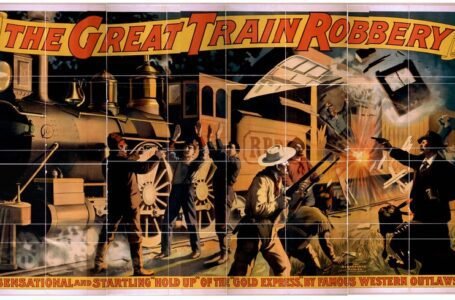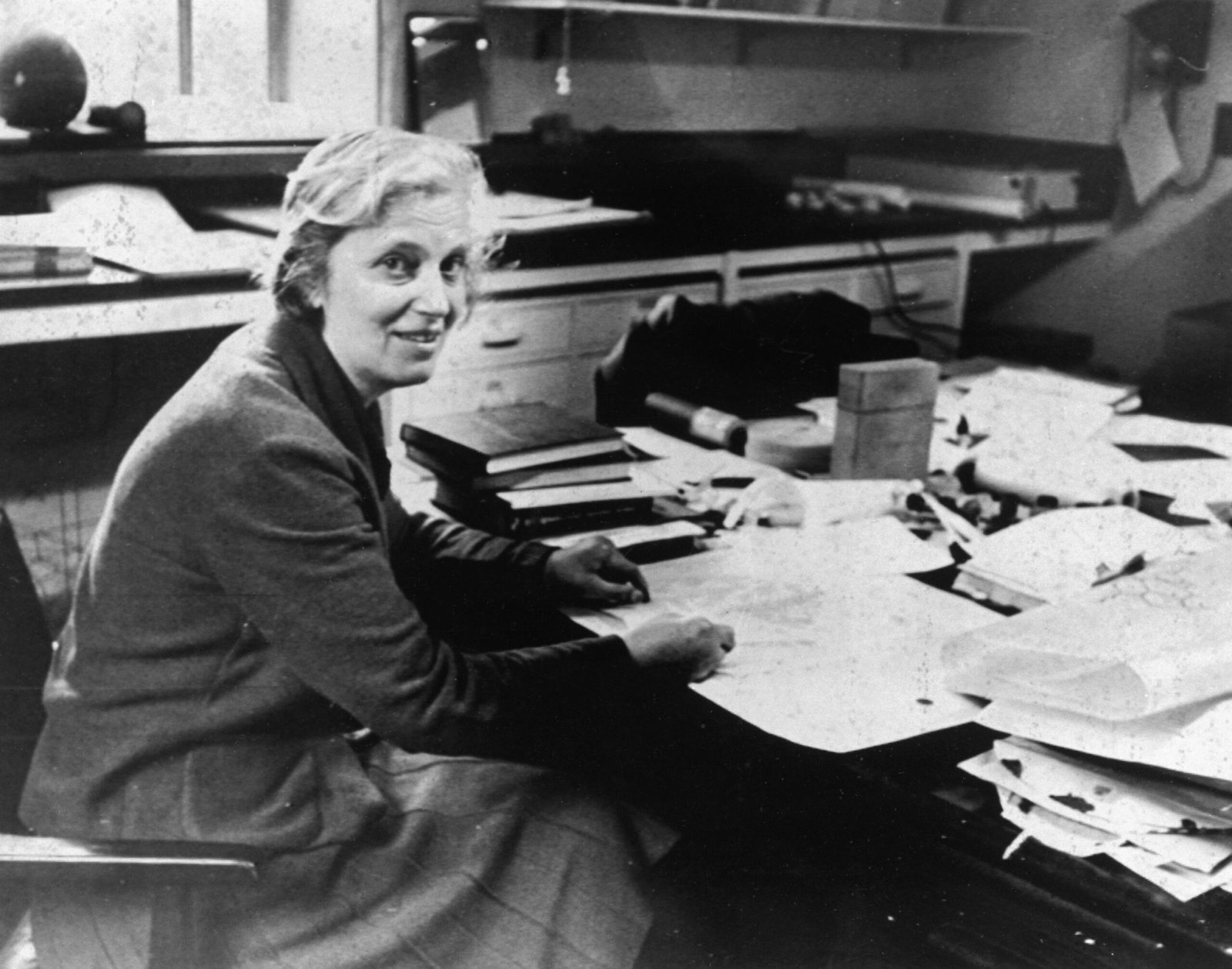Madras Day: A journey from Madrasapattinam to Chennai

-Muskaan
A seed of a new Indian city was sown when the dawn of August 22, 1639, brought a historical blow to the urban establishments in India. The British East India Company signed a land grant with local Nayak rulers of the Vijayanagara Empire (present-day Chennai). The strip of land named Madraspatnam was purchased by the British to build St. George Fort, which became a milestone in developing settlements in the area.
Centuries later, the strip of land is now developed into a cultural, historical, and advanced IT city named Chennai. In 2004, a local historian, S. Muthiah, editor of a local newspaper Mylapore Times, Vincent D’Souza, and director of the Press Institute of India, Sashi Nair, proposed to celebrate 22 August as the founding Day of the city for its unique history. Over time, it has now evolved into Chennai week or Chennai month for celebrating the foundation beyond one day.
Pre-colonial background:
The roots of present-day Chennai are grounded in pre-colonial times. In the pre-colonial setup, the area around Madrasaptnam was home to settlements like Triplicane, Mylapore, and Thiruvanmiyur, and these ancient Tamil towns were linked to Chola, Pallava, and Vijayanagara empires. The Armenians and Portuguese already had their trading posts in the city before the arrival of the British.
Madraspatnam became the earliest stronghold of British rule in India, even before the rise of major colonial cities, Calcutta and Bombay. In 1639, East Indian Company agent, Francis Day signed a deal with Nayak representatives for the purchase of a land strip, which provided the company with permission to build a fortified settlement. It paved the way to the construction of Fort St. George in 1640. This Fort later became the nucleus of colonial Madras. Eventually, the settlements began to develop around the fort, which soon took the shape of villages. Developing into towns, these villages became cities connected to local empires.
Evolution as a Colonial City:
Under colonial rule, Madras evolved as a major political, urban, and economic hub. The growth extended to the neighbourhoods of towns like Egmore, George Town, and Triplicane. Attracting merchants from Armenia, Persia, and European nations, St. George Fort thrived as a textile and spice trade hub. The urban expansion led to European settlements inside, and native settlements outside the fort.
The land of Madras had a pivotal role in the Anglo-French conflicts and the Carnatic Wars. During the independence struggles, the city proved to be a stronghold for the British, and the administrative capital of the Madras Presidency. For nationalist leaders, social reformers, and freedom movements, Madras Presidency remained a hotbed. Evolving as a cultural hub, the city later became a centre for Bharatanatyam, Carnatic music, and Tamil cinema.
From Madrasapatnam to Chennai:
The settlement which had grown around St. George Fort was later named Chennapatanam, in honour of Chennappa Nayak, a local chieftain’s father’s name. This would be the inspiration behind its renaming as Chennai in 1996. However, the name Madras remains strongly associated with its early and colonial past. Since the settlements in the city predate the 1639 agreement by centuries, some historians argue that it does not mark the establishment of the city. However, this day continues to be celebrated as the colonial foundation of modern Chennai.
Madras Day:
Today, with a blend of cultural influences of Anglo-Indian, Tamil, Telugu, European, and other communities, Madras Day is a celebration of a multicultural identity. Recognising its heritage, this day influences the preservation of historic architecture like Fort St. George, Senate House, and Ripon Building. It encourages locals, and youngsters to understand the history of their city.
The celebrations initiated by citizens continue to thrive on volunteer-driven initiatives making it a community-driven event. The celebrations include heritage walks and tours through neighbourhoods like Mylapore, George Town, and Fort St. George, and talks and lectures by historians, scholars, and journalists about Chennai’s social, cultural, and architectural history. Photo contests and exhibitions focus on heritage buildings, temples, and cityscapes. Local newspapers and magazines publish special editions dedicated to Chennai’s history. Music, dance, storytelling, and other cultural programmes are organised to celebrate Chennai’s traditions. As a community outreach initiative, schools, colleges, book clubs, and citizen groups are involved.
Chennai Facts:
With a population of more than 7 million, Chennai is one of the largest cities in India. The development of railways in South India relied heavily on Chennai. In 1856, the first railway line in the area was built between Royapur and Arcot. Chennai has a long history in journalism, and is home to the first English-language newspaper ‘The Madras Courier’ published in the area in 1785. Established as The Madras Zoo in 1855, the oldest public zoo in India can be found in Chennai. Today Chennai is popular as the ‘Detroit of India’.


